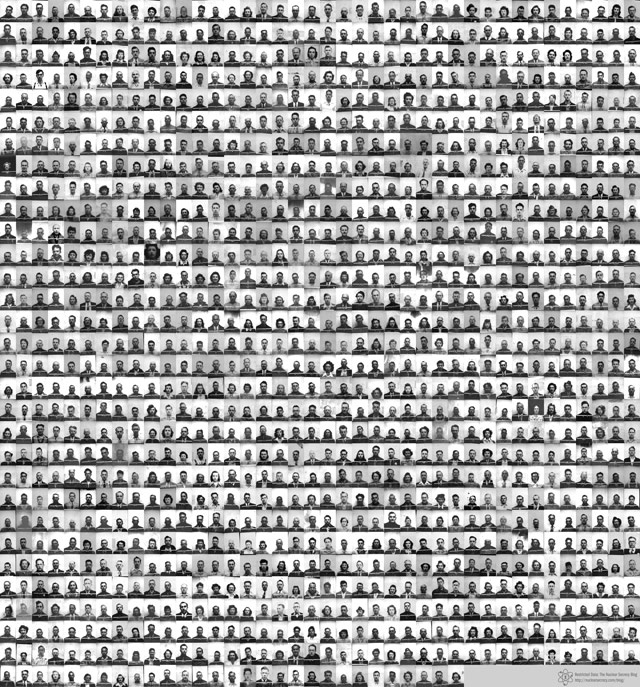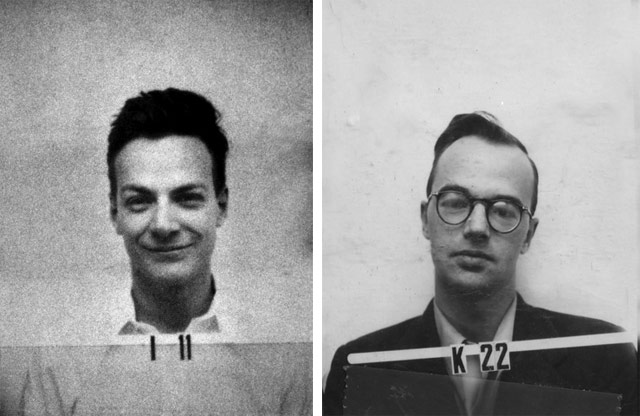Richard Rhodes, who wrote two of my favorite nonfiction books ever (The Making of the Atomic Bomb and Dark Sun), is coming out with a new book in February. Hell and Good Company is a history of the Spanish Civil War.
The Spanish Civil War (1936-1939) inspired and haunted an extraordinary number of exceptional artists and writers, including Pablo Picasso, Joan Miro, Martha Gellhorn, Ernest Hemingway, George Orwell, and John Dos Passos. The idealism of the cause-defending democracy from fascism at a time when Europe was darkening toward another world war-and the brutality of the conflict drew from them some of their best work: Guernica, For Whom the Bell Tolls, Homage to Catalonia, The Spanish Earth.
The war spurred breakthroughs in military and medical technology as well. New aircraft, new weapons, new tactics and strategy all emerged in the intense Spanish conflict. Indiscriminate destruction raining from the sky became a dreaded reality for the first time. Progress also arose from the horror: the doctors and nurses who volunteered to serve with the Spanish defenders devised major advances in battlefield surgery and front-line blood transfusion. In those ways, and in many others, the Spanish Civil War served as a test bed for World War II, and for the entire twentieth century.
Alex Wellerstein took all of the badge photos of the people who worked on the atomic bomb project during World War II at Los Alamos and made a huge image out of them.

I just finished reading Genius, James Gleick’s excellent biography of Richard Feynman. Here’s Feynman (left) and his friend Klaus Fuchs, whose car he used to borrow on the weekends to visit his ailing wife in Albuquerque.

After the war, Fuchs was revealed to be a Soviet spy. If you’re at all interested in the Manhattan Project and the espionage surrounding it and somehow have not read Richard Rhodes’ The Making of the Atomic Bomb and Dark Sun, do so now…they are two of my all-time favorite books. (via greg.org)
Richard Rhodes, author of two of my favorite books of all time (Making of the Atomic Bomb and Dark Sun), has written a book about one of the most intriguing people of the 20th century, Hedy Lamarr, big-time Hollywood bombshell and inventor of a frequency-hopping spread-spectrum communication system.
Hedwig (Hedy) Kiesler may be one of the greatest unsung heroes of twentieth century technological progress. An opportunistic Austrian immigrant driven by curiosity and a desire to make it as a Hollywood actress in the early years of World War II, Hedy worked with avant-garde composer George Antheil to create the technology that we depend upon today for cell phones and GPS: frequency hopping. Though Richard Rhodes presents details about everyone involved in the separate experiences that the two inventors drew upon to make their breakthrough in Hedy’s Folly, the invention itself takes center stage, driving the remarkable story with precision. Rhodes skillfully weaves together all the disparate parts of the story, from how Hedy learned about Nazi torpedoes to why George’s knowledge of player pianos was key to the invention, in order to create a highly readable genesis of the technology that influences billions of lives every day.







Stay Connected